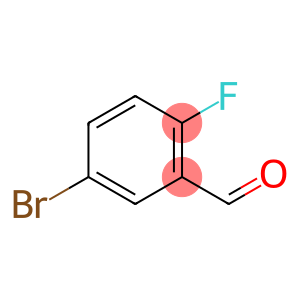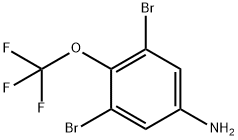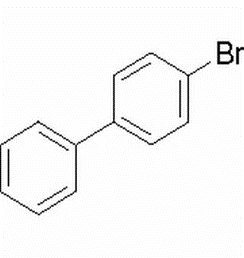3-Chloro-5-(trifluoromethyl)pyridine(CAS# 85148-26-1)
| Risk Codes | R20/21/22 – Harmful by inhalation, in contact with skin and if swallowed. R36/37/38 – Irritating to eyes, respiratory system and skin. R25 – Toxic if swallowed |
| Safety Description | S26 – In case of contact with eyes, rinse immediately with plenty of water and seek medical advice. S36/37/39 – Wear suitable protective clothing, gloves and eye/face protection. S36 – Wear suitable protective clothing. S45 – In case of accident or if you feel unwell, seek medical advice immediately (show the label whenever possible.) |
| UN IDs | UN 2811 6.1 / PGIII |
| WGK Germany | 3 |
| Hazard Note | Irritant |
| Hazard Class | IRRITANT, IRRITANT-H |
| Packing Group | III |
Introduction
3-choro-5-(trifluoromethyl)pyridine is an organic compound with the chemical formula C≡H₂ ClFΛ N. It is a colorless to pale yellow liquid with a pungent odor. The following is a description of the nature, use, preparation and safety information of 3-choro-5-(trifluoromethyl)pyridine:
Nature:
-Density: 1.578 g/mL
-Boiling point: 79-82 ℃
-Melting point:-52.5 ℃
-Solubility: Soluble in organic solvents such as ethanol, ether and dichloromethane, slightly soluble in water.
Use:
-As reagents and intermediates in organic synthesis, used in the synthesis of pesticides, drugs and other organic compounds.
-For research in the field of medicine, such as in the synthesis of anti-cancer drugs and biomarkers.
Preparation Method:
3-chloro-5-(trifluoromethyl)pyridine can be prepared by the following two methods:
1. Using pyridine as raw material, chlorination reaction is carried out in the presence of hydrochloric acid, and then trifluoromethylation reaction is carried out in the presence of sodium trifluoromethylate.
2. Using 3-picolinic acid as a raw material, a chlorination reaction is carried out in the presence of thionyl chloride, and then a trifluoromethylation reaction is carried out in the presence of trifluoromethyl mercaptan.
Safety Information:
- 3-chloro-5-(trifluoromethyl)pyridine is irritating and can cause irritation in contact with skin and eyes. It is necessary to wear appropriate protective measures when using, such as wearing protective glasses, gloves and protective clothing.
-Avoid inhaling its vapor and ensure that the operation is carried out in a well-ventilated place.
-When storing, keep it in a sealed container, away from fire and oxidizing agents.
-When disposing of waste, treat and dispose of it in accordance with local regulations.
-Please check the relevant Safety Data Sheet (SDS) for more detailed safety information.


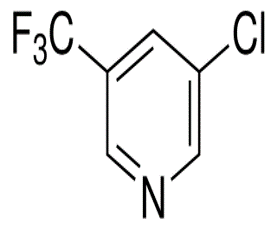
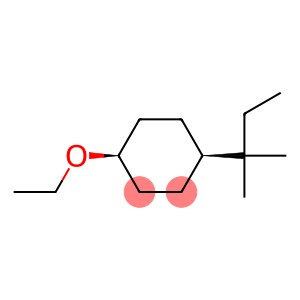
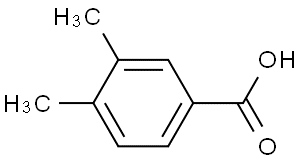
![5-BROMO-3-METHYL-1H-PYRAZOLO[3,4-B]PYRIDINE(CAS#885223-65-4)](https://www.xinchem.com/uploads/5-BROMO-3-METHYL-1H-PYRAZOLO34-BPYRIDINE.gif)
